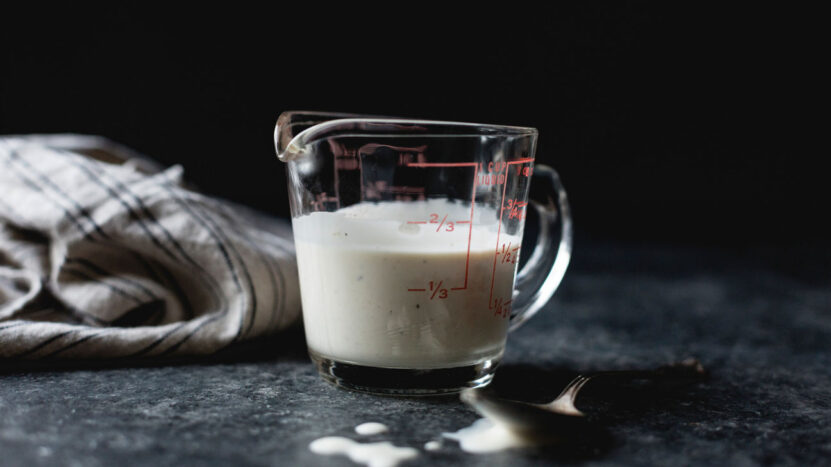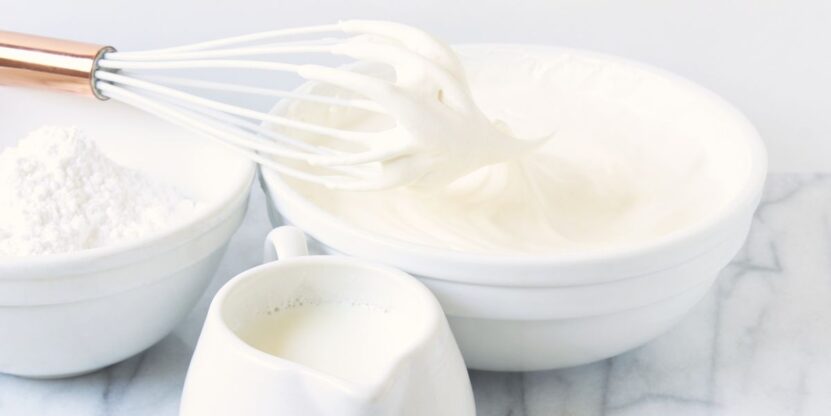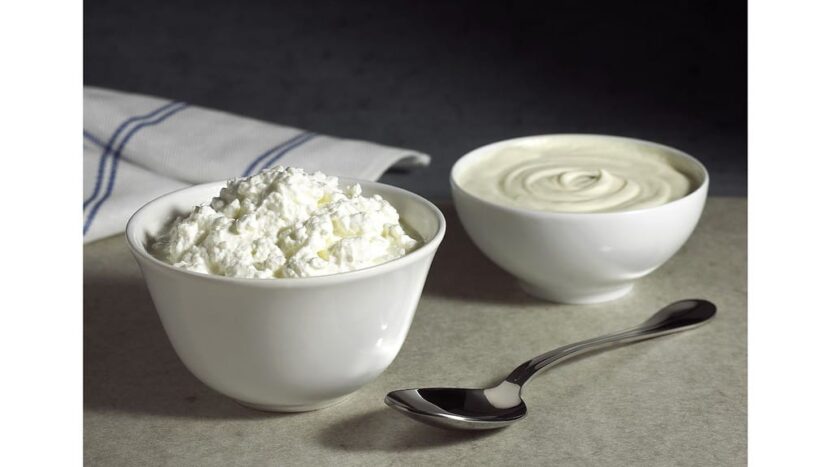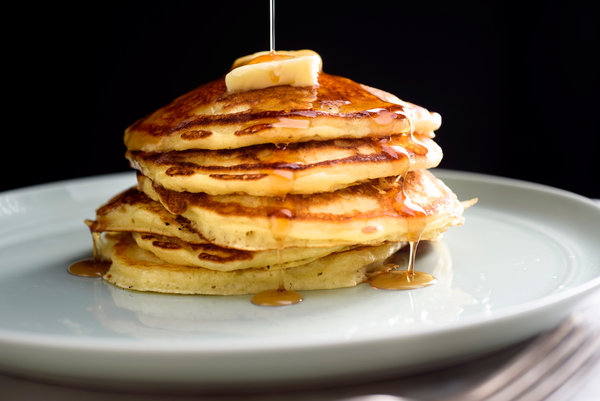Are you tired of reaching for the wrong dairy product when cooking or baking? It can be confusing to navigate through all of the options in the dairy aisle. But fear not, we’re here to break down one of the most common comparisons: buttermilk vs heavy cream. While both may look similar, they have their own unique characteristics that can make a big difference in your dish. So, let’s dive in and learn more about these two popular ingredients!
Buttermilk- bacteria+milk

Buttermilk is a dairy product that has been consumed for centuries. It is made by fermenting milk with lactic acid bacteria, which causes the milk to thicken and develop a tangy, sour flavor. Traditionally, buttermilk was the liquid left over after churning butter from cream. Nowadays, it is often made by adding a culture of lactic acid bacteria to regular milk.
Buttermilk has many culinary uses. In baking, it is often used as a leavening agent, as its acidity reacts with baking soda to produce carbon dioxide, which helps baked goods rise. It can also be used in marinades and brines to tenderize meat and add flavor. It is also a popular ingredient in dressings and dips, and it is a common ingredient in Southern cuisine, where it is often used in dishes such as fried chicken and biscuits.
It has several health benefits as well. It is a good source of protein, calcium, and potassium, and it is low in fat and calories. The lactic acid bacteria in buttermilk also contribute to a healthy gut microbiome, which can improve digestion and boost overall health.
Heavy Cream- a key ingredient in desserts

Heavy cream, also known as whipping cream, is a dairy product that contains at least 36% milk fat. It is a rich and creamy liquid that is commonly used in cooking and baking, particularly in the preparation of desserts, soups, and sauces.
It is made by skimming the top layer of cream from fresh milk. It is then pasteurized and homogenized to ensure a consistent texture and flavor. Unlike light cream or half-and-half, which have lower milkfat content, heavy cream has a thick and velvety consistency that is ideal for creating rich and decadent dishes.
One of the most popular uses of heavy cream is in desserts. It is often used as a topping for pies, cakes, and other baked goods, and is a key ingredient in the preparation of classic desserts such as crème brûlée, ice cream, and whipped cream. Heavy cream can also be used in savory dishes, particularly in the preparation of creamy sauces and soups.
When heated, it thickens and becomes more viscous, making it ideal for creating rich and creamy sauces. It is often used in the preparation of pasta dishes such as fettuccine Alfredo and is a key ingredient in classic French sauces such as béchamel and velouté. Heavy cream can also be used in soups to add richness and depth of flavor, particularly in cream-based soups such as chowders and bisques.
In addition to its culinary uses, it is also a good source of essential vitamins and minerals. It contains vitamins A and D, as well as calcium, which is important for bone health. However, it is high in calories and saturated fat and should be consumed in moderation as part of a balanced diet.
Overall, heavy cream is a versatile and delicious ingredient that is a staple in many kitchens. Its rich and creamy texture and flavor make it a popular choice for creating indulgent desserts and savory dishes, and its nutritional benefits make it a good addition to a healthy diet when consumed in moderation.
The Difference Between Buttermilk and Heavy Cream

When it comes to dairy, there are a lot of choices. Buttermilk and heavy cream are two popular options, but what’s the difference?
Buttermilk is made from skim milk that has been treated with bacteria to thicken it and give it a slightly sour taste. Heavy cream is made from the highest-fat portion of milk. It is also pasteurized to kill any bacteria.
Heavy cream has a higher fat content than buttermilk, which gives it a richer flavor and texture. It is also less likely to curdle when heated. Buttermilk is lower in fat and calories, but its thin consistency means it can’t be used in all recipes.
So, when it comes to buttermilk vs heavy cream, the main differences are in fat content, texture, and flavor. Choose the one that best fits your needs!
Recipes using buttermilk and heavy cream

When it comes to recipes, buttermilk, and heavy cream can be used interchangeably. However, there are some key differences between the two that you should be aware of.
So, what are some recipes that use buttermilk and heavy cream? Here are a few ideas:
- Buttermilk Pancakes: These pancakes are light and fluffy, and they get their signature tang from the buttermilk in the batter. Serve them with your favorite syrup or toppings for a delicious breakfast or brunch.
- Heavy Cream Chocolate Cake: This decadent chocolate cake is made with plenty of heavy creams in both the cake batter and frosting. It’s sure to satisfy any sweet tooth!
- Buttermilk Fried Chicken: Buttermilk marinated chicken is crispy on the outside and juicy on the inside. Serve it with your favorite dipping sauce for a delicious meal.
Conclusion
Buttermilk and heavy cream are two dairy products that are commonly used in the kitchen. They may look similar, but they have some distinct differences. Heavy cream is higher in fat content than buttermilk and can be used for a variety of recipes from sauces to desserts. On the other hand, buttermilk has a thinner consistency and is perfect for use in marinades or baked goods like pancakes or scones. Knowing which one to use when can help take your cooking skills to the next level!
